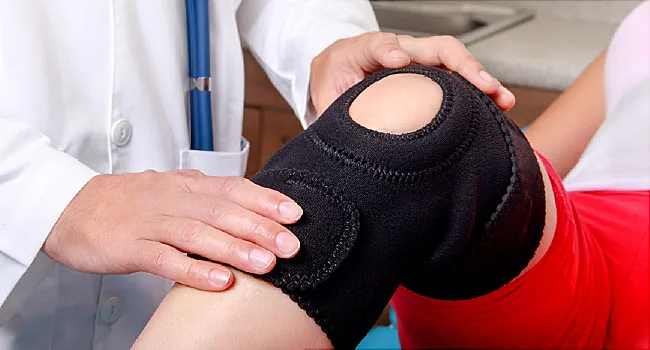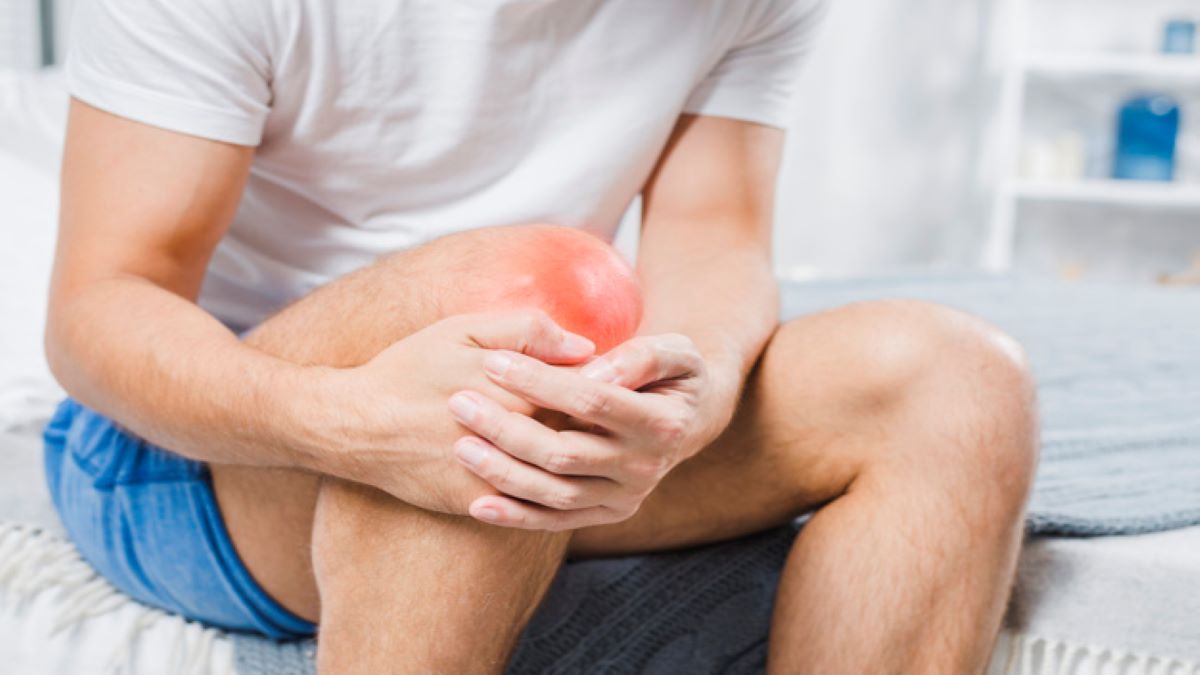Arthritis is a kind of joint disorder ending in joint soreness and pain. The knee joint is a prime weight-bearing joint of the body. Therefore it is quite exposed to an increased rate of wear and tear. Before learning about arthritis knee pain management, you have to understand the structure and functioning of the knee joint. If your knee joint is damaged, call a knee pain specialist.
Â
Structure and Function of the Knee joint:
Â
The knee joint is, by nature, a hinge joint, allowing flexion normally to a maximum of 135 degrees but no extension. The functioning of the knee joint allows free movement of the legs, and the joint is also capable of bearing the entire body weight. If you are suffering from arthritis, visit the pain treatment center.
 
The knee joint is the point where the femur or thigh bone and the large shinbone or tibia meet. The joint is composed of three chambers: the inner or medial compartment, outer or lateral compartment, and the kneecap or patella joining the femur to form the third compartment named as patellofemoral joint. The knee joint lies guarded within a capsule and collateral ligaments are there both within and outside of the joint. Furthermore, tendons cross each other within the joint and are known by the name of cruciate tendons.
Â
These ligaments retain the bones in position and also grant strength and stability to the joint. The junction where the femur and tibia fit, the cartilage meniscus develops. The meniscus works as a cushioned support allowing the bones to accelerate freely without friction and also absorbing the load of bodyweight above the knee while standing. Below the knee cap, a large tendon described as the patellar tendon occurs. This tendon is connected to the front portion of the tibia bone. The thigh muscles, quadriceps muscles, and hamstring muscles enclosing the knee bend and compress to allow knee movement. If you are experiencing any difficulty in the movement of the knee joint, visit the pain treatment clinic.
Â
Cause and Symptoms of Arthritis Knee Pain
Â
Arthritis knee pain happens due to degeneration or damage of the meniscus or swollen soft tissues around the knee. The aging of the body makes the meniscus weak and incapable of repairing itself after the daily wear and tear. As a result of which it may start tearing or flaking. Once the cartilage is lost due to degeneration, the shinbone and thigh bone are exposed to friction which may develop bony outgrowths or spurs called osteophytes. The above occurrence makes the knee pain. Pain may occur also when rheumatic arthritis attacks the gentle tissues around the knee joint. Such a condition requires treatment from a pain management doctor.
 
Another reason for knee pain due to arthritis is the crystallization of uric acid inside the joint cavity. This actually occurs in the case of gout. Swelling of the knee due to arthritis may lead to the accumulation of fluid in a cyst behind the knee. Such a cyst is called Baker’s cyst, and it is one common reason for pain at the back of the knee. The common symptoms correlated with knee pain due to arthritis may include swelling, warmth in the joint, inflexibility or stiffness, redness of the skin around the joint, locking sensation in the joint, crunching sound while moving the knee. Consult a knee pain doctor, when you have arthritis.
Â
Natural Relief:
Â
Rumatone Gold Capsule and Oil are some of the effective natural remedies for arthritis knee pain relief. These herbal supplements and anti-inflammatory massage oil are specifically formulated to ease pain and inflammation associated with knee pain. If the natural treatments don’t give satisfactory results, consult a knee doctor or knee specialist.
Article Source :- https://backandpainclinic.blogspot.com/2021/06/arthritis-knee-pain-causes-symptoms-and.html